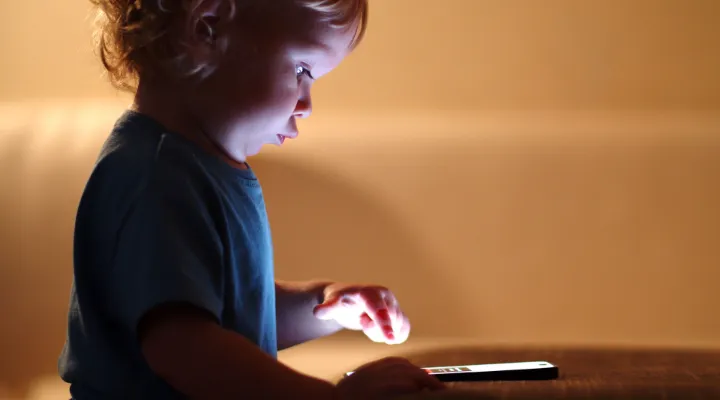Digital media has inundated all aspects of life, and become an integral part of almost every child’s routine. The problem is bigger than one would guess. The average 8 year old in the USA spends over 6 hours in front of a screen daily, outside of schoolwork. Three year olds spend 2 hours a day using their personal devices. And believe it or not, the age at which a child begins having regular screentime is 4 months. This is not simply a bad habit, but can lead to a myriad of developmental delays and health care burdens as well.
Why is it important to limit and supervise screentime?
Overuse and inappropriate content can lead to:
- obesity
- hearing loss
- suicidal tendencies
- anxiety
- body image issues
- decreased attention span
- loneliness
- violent behavior
- nearsightedness
- expressive language delay
Young children and even teens are often unable to set reasonable limits when it comes to digital devices. It is the adults’ responsibility to determine safe usage criteria, which includes not only how much, but also when, under what circumstances, and the content matter.
Specific parenting advice according to the child’s age and maturity level:
0-24 months of age: Zero screentime. Babies and toddlers should be interacting with real live people, developing social and language skills. Even half an hour of hand-held digital media daily can negatively affect expressive language skills.
2 to 5 years: It would behoove the parents of preschool children to continue screen-free child rearing. However, carefully chosen, co-viewed and discussed educational programming is acceptable. These should be allowed only rarely and under extenuating circumstances, like international flights. Screentime should not be part of a toddler’s daily routine.
6 to 10 years: School-aged children have growing interests outside their families and neighborhoods. Digital devices can function as eduational tools. However, moderation is key: one hour daily is plenty. Screentime should not be allowed during meals, behind closed doors, or directly before bedtime.
10 to 16 years: Limiting electronic devices is best done with the cooperation of the adolescent, but the parents have the final say. Discussions regarding the dangers lurking online should include disabling geotagging, not sharing photos with strangers, and keeping personal information like one’s name, age, and address private. A reasonable time restriction would be one hour on weekdays and two hours on weekends. After all, teenagers need time to relax with friends, explore hobbies, and play sports as well.
Above 16 the parental role becomes more advisory than authoritative. Ideally, the adolescent is able to self-regulate and has responsible habits. If, however, parents are concerned about video game addiction, sullen behavior, or academic failure, the adult can curtail or shut off the internet and mobile data package. Do not hesitate to seek professional help for the teenager with suspected digital dependence.
And perhaps most importantly, children learn by following parental example. If father does housework with the TV on in the background, and mother constantly has a smartphone in hand, that is what kids will imitate and emulate. Let’s teach our sons and daughters the importance of face-to-face , real life relationships by giving them our full attention.
- pediatrics21
- dietetics20
- RMC Dental Center15
- diet13
- internal medicine11
- dentistry9
- pediatric dentistry8
- sport7
- Dr Kinga Jókay7
- coronavirus6
- screening6
- covid6
- urology6
- obstetrics gynecology6
- prevention5
- cardiology5
- allergy5
- psychology5
- dental hygiene5
- infection4
- gastroenterology4
- menopause4
- screenings3
- Kinga Jókay M.D3
- Flu shot3
- Flu3
- women's screening3
- zsuzsanna kókai2
- Dr Nóra Gullai2
- infectious disase medicine2
- Ear-Nose-Throat2
- heat stroke2
- endocrinology2
- Dr Tímea Baló2
- allergen immunotherapy2
- Adrienne Nagy M.D.2
- Fetal Medicine Center2
- pediatric urology2
- flu season2
- meningitis2
- dermatology2
- gynecologist2
- Ophthalmologist2
- Headache Clinic2
- Dr Eszter Bodnár2
- headache2
- menopause program2
- invisalign2
- diabetology2
- cardiovascular disease1
- diabetes1
- hydration1
- hematology1
- iron1
- Imre Bodó M.D.1
- Same Day Surgery Center1
- nutritional disorder1
- lyme disease1
- gynecologic oncology surgery1
- first trimester screening1
Any questions before booking an appointment?
If you are unsure which doctor to see or what examination you require, we are here to help!
Simply request a free callback from one of our colleagues, who will help you find the right specialist based on your specific issue.





